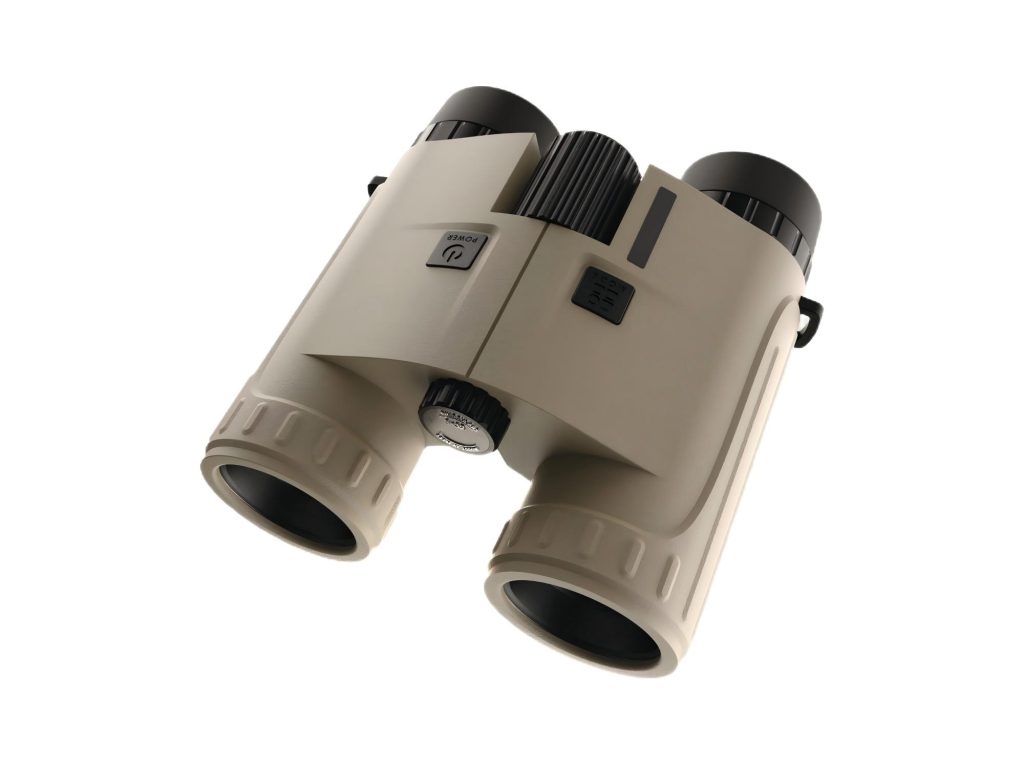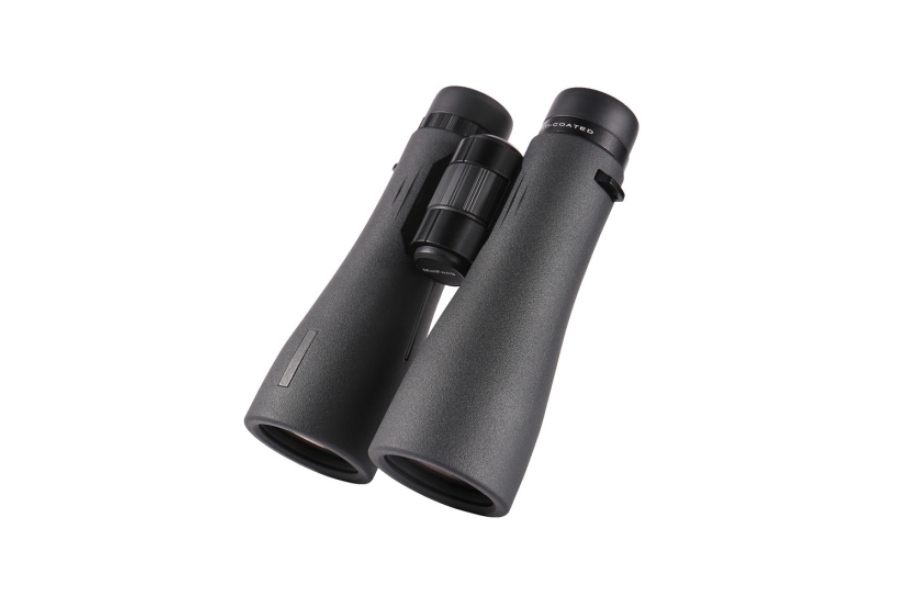Rangefinder binoculars have revolutionized outdoor activities by combining precision optics with advanced distance-measuring technology. Whether you’re tracking game in dense forests, lining up the perfect golf shot, or observing elusive bird species, these versatile tools offer accuracy and convenience. However, choosing the right pair requires understanding their functionality, key features, and how they align with your specific needs. This guide breaks down the essentials of rangefinder binoculars, explores scenario-based selection strategies, and provides actionable tips to help you make an informed purchase.

Basics of Rangefinder Binoculars
How Rangefinder Binoculars Work?
Rangefinder binoculars integrate laser technology to calculate distances. When you aim at a target, the device emits a laser beam that reflects off the object and returns to the binoculars. Using the time it takes for the beam to travel, the built-in processor calculates the distance, displaying it on an internal screen. Advanced models compensate for environmental factors like slope angle (critical for golf) or moving targets (essential for hunting).
Key Parameters of Rangefinder Binoculars
When selecting rangefinder binoculars, several critical parameters must be considered:
Magnification (e.g., 8x or 10x): Determines how close objects appear. Higher magnification suits long-range activities like hunting but may reduce stability.
Objective Lens Diameter (e.g., 42mm): Affects light intake. Larger lenses perform better in low-light conditions but add weight.
Range Capability: Entry-level models measure up to 800 yards, while premium devices exceed 1,500 yards.
Accuracy and Angle Compensation: High-quality models provide precise readings with minimal error margins and angle compensation for better targeting.
Reticle Type: Choose between simple crosshairs or illuminated displays for low-light environments.
Display Type: LCD and OLED displays offer different visibility and readability under varying lighting conditions.
Why Scenario-Based Selection is Crucial
Different activities require specific features in rangefinder binoculars. Understanding the primary use case helps in choosing the most suitable model.
Hunting Scenario: How to Choose Professional-Grade Rangefinder Binoculars?
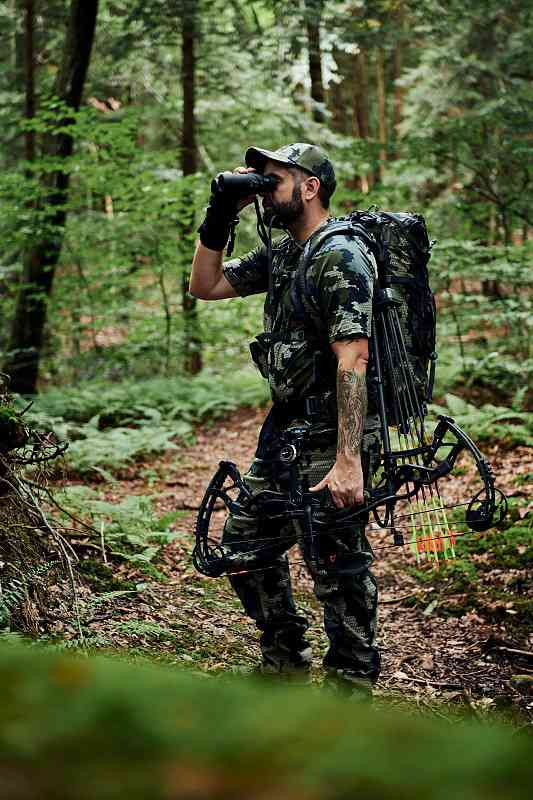
Angle Compensation: Essential for shooting in elevated or inclined terrains.
Low-Light Performance: Hunting often occurs at dawn or dusk, requiring superior light transmission.
Long-Range Capability (1,000+ yards): For spotting game in open terrain.
Scan Mode: Continuously updates distances for moving targets.
Durability: Shock-resistant and weatherproof designs ensure reliability in rugged environments.
Golf Scenario: Are Binocular Rangefinders a Better Choice?
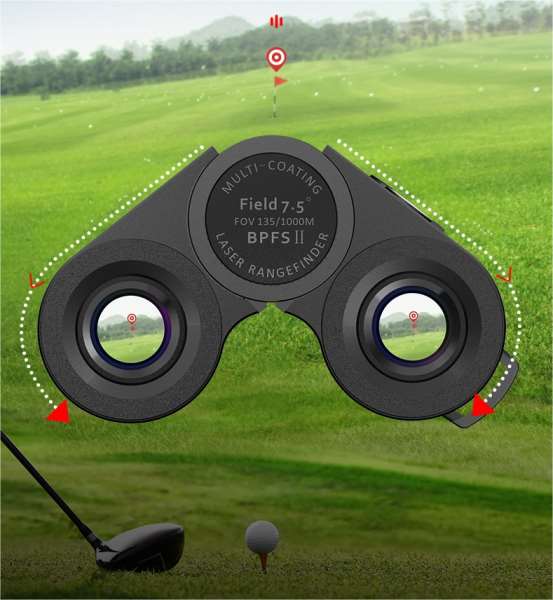
For golf, accuracy and speed in distance measurement are crucial. Some golfers prefer monocular laser rangefinders, but binocular rangefinders offer a broader field of view and enhanced stability. Key factors to consider include:
Pin-Seeking Technology: Helps lock onto flags and provides fast distance readings.
Compact and Lightweight Design: Ensures easy handling and portability on the golf course.
Slope Mode: Assists in adjusting shots based on elevation changes (ensure it’s tournament-legal).
2.3 Birdwatching: Balancing Portability and Accuracy
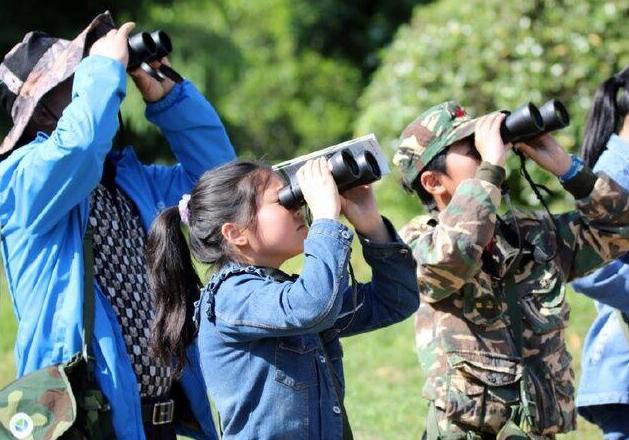
Birdwatchers require rangefinder binoculars that provide clear visuals and precise distance measurement without compromising portability. Key features include:
High Optical Quality: Fully multi-coated lenses for bright and sharp images.
Fast and Accurate Ranging: Helps track moving birds and estimate distances accurately.
Lightweight and Ergonomic Design: Essential for extended observation sessions.
Quick Reference for Other Scenarios
Outdoor Exploration
For outdoor exploration, prioritize rangefinder binoculars with a wide field of view to efficiently survey vast landscapes and track moving subjects across rugged terrain. Opt for moderate magnification (8x to 10x) to balance detail clarity with a broad perspective, ideal for navigating trails or scouting campsites. Ensure robust construction—weatherproof seals, shock-resistant frames, and fog-proof optics—to withstand rain, dust, and temperature extremes, making them reliable companions for backcountry adventures.
Sailing
For sailing, opt for rangefinder binoculars engineered with waterproof and fog-proof builds (IPX7 or higher) to resist saltwater spray, humidity, and sudden temperature shifts common in marine environments. Image-stabilized optics are critical to counteract the rocking motion of a vessel, delivering clear, shake-free views of distant buoys, shorelines, or other boats.
Additionally, advanced ranging capabilities (1,000+ yards with ±1m accuracy) ensure precise distance measurements to hazards, docks, or racing competitors, enhancing situational awareness and navigational safety on open waters.

Military
For military applications, prioritize models with ballistic calculation capabilities to factor in wind speed, bullet drop, and environmental variables for accurate long-range targeting, paired with night vision or thermal imaging to operate effectively in low-light or obscured conditions. High precision (±0.5-yard accuracy) and extended range (1,500+ yards) are critical for reconnaissance and engagement in open terrain.
Selection Considerations
Budget and Cost-Effectiveness
Rangefinder binoculars vary significantly in price. While premium models offer advanced features, budget-friendly options can still provide reliable performance. Consider value for money based on intended usage.
Product Parameters and Features
Evaluating specifications like magnification, range accuracy, and display type is crucial. Choose a model that aligns with the specific needs of the activity.
Product Portability and Durability
Compact and lightweight designs are preferable for activities requiring mobility. Additionally, rugged and weatherproof models ensure longevity in challenging environments.
Brand Reputation and After-Sales Service
Established brands like Leica, FORESEEN OPTICS and Swarovski offer high-quality products and excellent customer support. Checking warranties and service policies can prevent future inconveniences.
User Reviews and Practical Experience

User reviews and real-life experiences with FORESEEN OPTICS
Reading user feedback and professional reviews helps in understanding real-world performance. Hands-on experience and expert recommendations can also guide decision-making.
Final Thoughts
Rangefinder binoculars are a smart investment for enthusiasts seeking precision and versatility. By aligning your needs with the right features—whether it’s extreme durability for hunting or slope adjustment for golf—you’ll enhance your outdoor experiences. Always test devices in person if possible, and prioritize brands with strong reputations for quality and service.
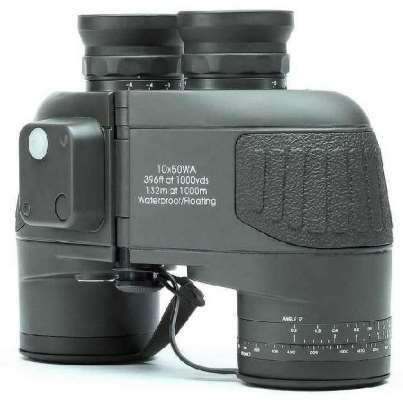
Ready to Find Your Perfect Pair? Explore our curated selection of rangefinder binoculars, tailored to your adventure needs!

